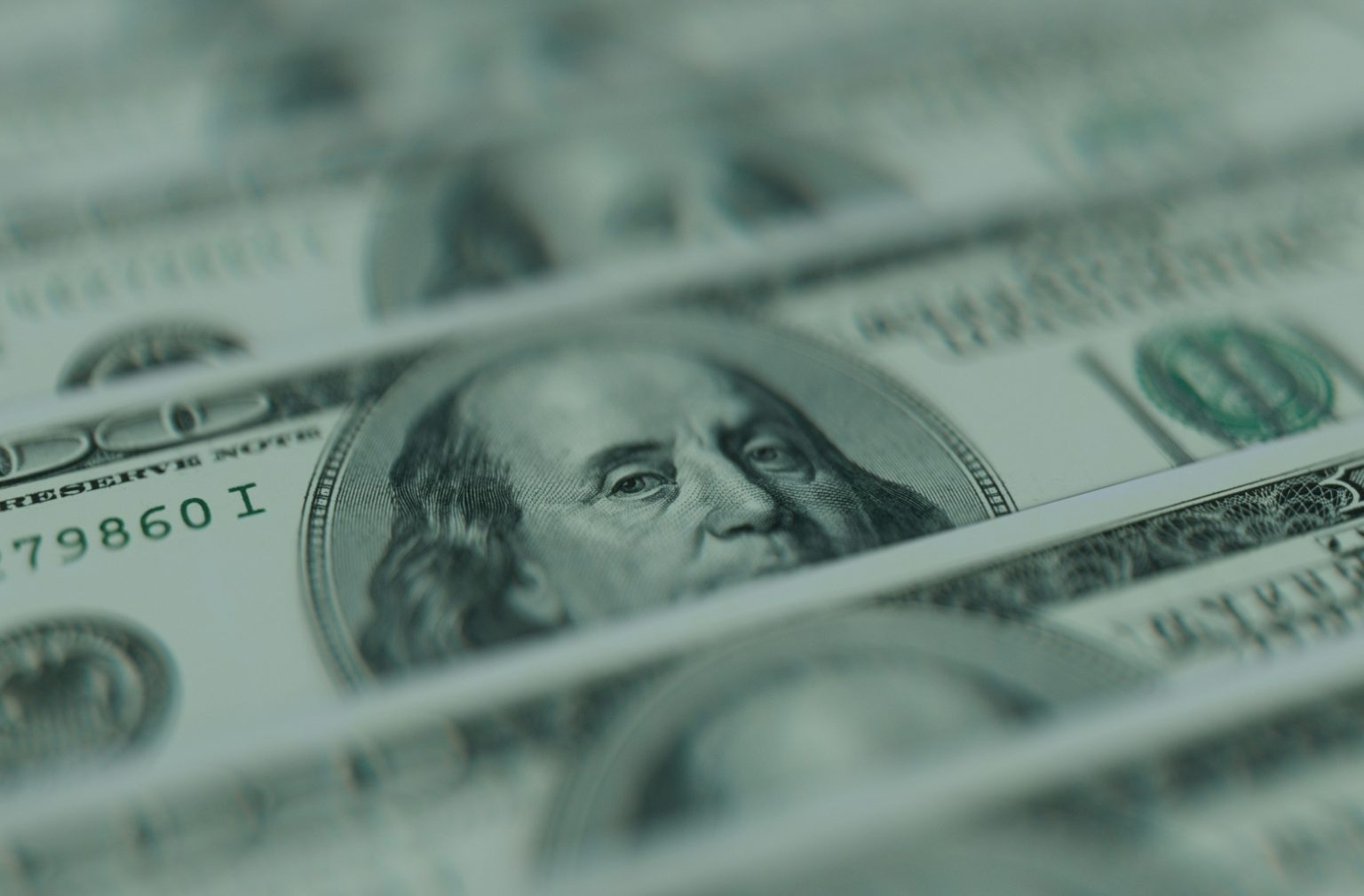In a year characterized by regulatory uncertainty and geopolitical challenges, global Sustainable, Social, and Sustainability-Linked (GSS) bond issuances declined 25% year-over-year. US GSS bond issuance dropped to its lowest first-quarter level since 2017. Despite this slowdown, green bonds remain the foundation of sustainable finance, according to the latest GSS Bonds Market Trends Report by MainStreet Partners. Even amid shrinking volumes worldwide, green bonds continue to offer investors transparency, measurable impact, and strong regulatory alignment.
Middle East and Asian Grow, Europe Stays Strong
In recent years, the GSS Bond market in the Middle East has seen a significant increase in issuance, with total volumes now surpassing USD 45 billion. The region is building strong momentum, driven primarily by the UAE and Saudi Arabia.
· Given the region’s heavy reliance on fossil fuels, Green Bonds continue to dominate the market.
· Sovereign Green Bond issuance is growing, with Saudi Arabia and Sharjah (UAE) being key players.
The Sharjah government became the first local entity to issue a Green Bond in the region, while Saudi issuance marks the first EUR-denominated Green Bond from a Middle Eastern country, adding an important international dimension.
At the same time, Asian markets have continued to expand, with cumulative issuance surpassing USD 600 billion, primarily driven by issuers from China, Korea, and Japan. Despite a slight decline in 2024 due to high interest rates and expectations of political shifts in the United States, the Asian GSS Bond market is set to surpass expectations in 2025. For example, following Japan’s sovereign debut, China also entered the Green Bond market with an issuance of CNY 6 billion (~USD 800 million), with proceeds aimed at projects focused on environmental goals, such as climate change mitigation and biodiversity conservation.
Europe remains the leader in the GSS Bond market, with over USD 109 billion in bonds issued in the first quarter of 2025. While this marks a decrease from the USD 150 billion issued during the same period last year, it maintains a solid leadership position.
Quality Over Quantity: Green Bonds Defy the Downward Trend
Despite a contraction in the total GSS Bond market, Green Bonds still accounted for 45% of the total volume, approximately USD 98 billion. The report highlights that over 90% of Green Bonds issued in 2025 are aligned with the Paris-Aligned Benchmark (PAB) at the use-of-proceeds level, but only 20% meet the stringent transparency requirements of the GreenFin label (France), which uses a more rigorous verification approach.
EU Green Bond Standard: A New Chapter for the Market
The EU Green Bond Standard (EuGBS) is gaining traction, with 4 issuers utilizing this new standard in the first 3 months of 2025. A2A SpA was the first to issue a Green Bond worth EUR 500 million, fully aligned with the EU Taxonomy and the EuGBS, showcasing a high level of transparency.
According to Pietro Sette, Research Director at MainStreet Partners, “Despite a tougher macroeconomic and regulatory backdrop, Green Bonds remain the most reliable vehicle for sustainable fixed income. Our data shows strong alignment with Paris benchmarks, yet a significant portion of the market still fails to meet the bar for stricter labels like GreenFin or EuGBS. This gap presents a challenge for Article 9 strategies, which must go beyond marketing and truly look through to impact.”


